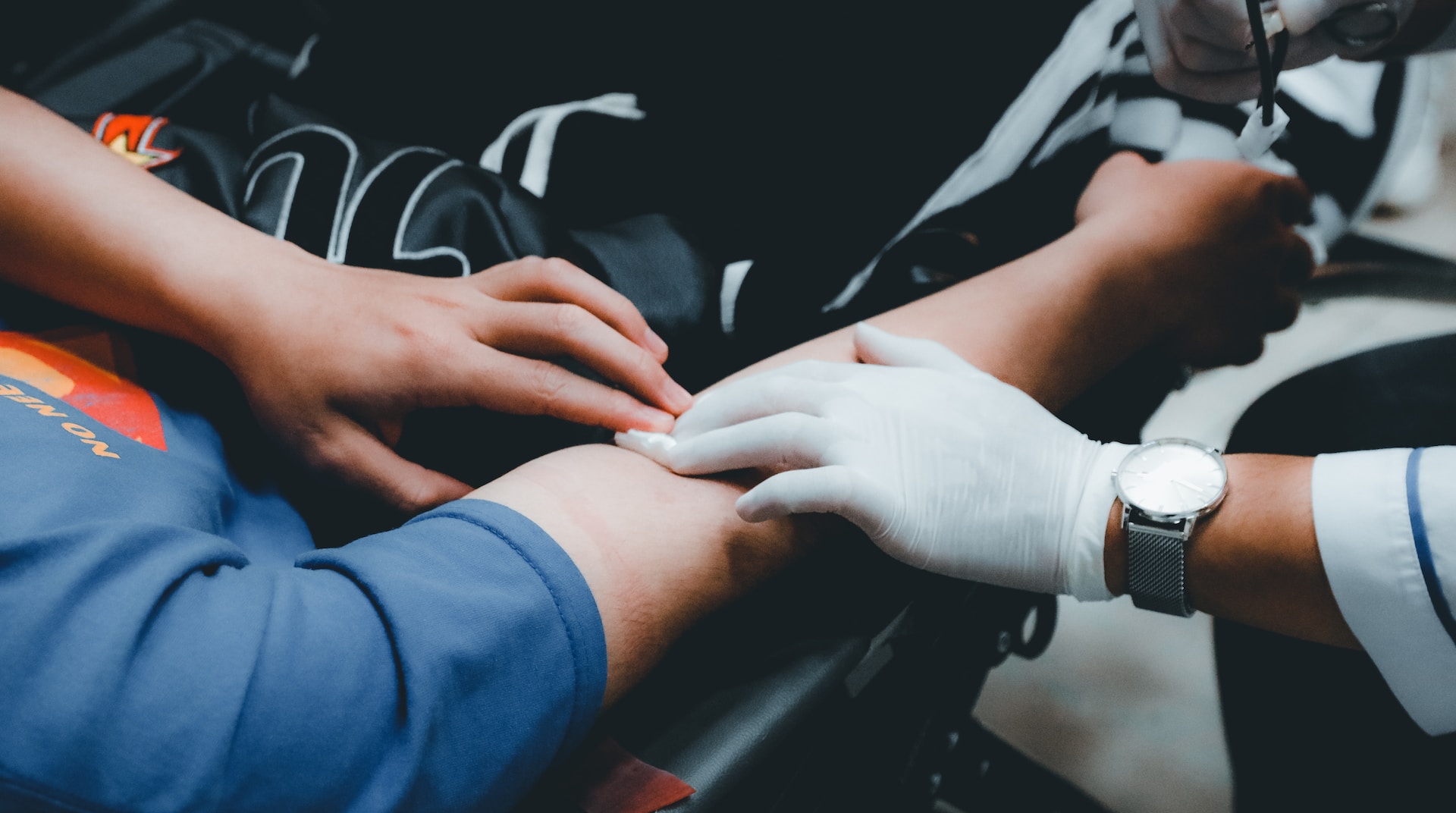Introduction
Physician Assistants (PAs) require thousands of hours of medical training and practice in various medical settings and specialties, but the hours usually don’t start in PA school.
One crucial requirement for admission to PA school is accruing a minimum number of hours of patient care experience (PCE). To be competitive, pre-PA students need at least 500 PCE hours and up to 2,000 hours depending on the program.
One way that pre-PA students can get the PCE hours they need is by working as a certified phlebotomist. PA schools look favorably on applicants who have served as a phlebotomist and many schools explicitly list phlebotomy as an example of a solid type of PCE.
Depending on the phlebotomy program and where you live, the process for completing training and getting certified as a phlebotomist can take less than a month and allow you to work in a variety of settings such as hospitals, physician offices, medical labs, blood drives, or as mobile phlebotomists.
How to Become a Phlebotomist
Becoming a phlebotomist requires finding accredited phlebotomy class providers and enrolling in their phlebotomy program. The following is a link to different phlebotomy courses and you can find one that is near you: https://phlebotomyclassesnearyou.com/
All programs have minimum admission requirements, which can vary. Most programs have a minimum age requirement of 18 years and require immunizations if they offer clinical training hours.
Phlebotomy classes can be found through private vocational schools, community colleges, universities, and healthcare facilities. There are three types of programs available: certificate programs, diploma programs, and associate degree programs.
- Certificate Programs: Certificate programs provide basic training in specific venipuncture procedures and involve 12 – 40 hours of training, which can be completed in just a few weeks or months. These programs are ideal for the majority of pre-PA students as this level of training allows students to start accumulating hours of phlebotomy experience with minimal training requirements. These programs typically cost between $400 – $1,500.
- Diploma Programs: In addition to the training offered by certificate programs, diploma programs include additional coursework in medical terminology, anatomy, and physiology. They may be ideal for pre-PA students who have more time and are interested in obtaining specific phlebotomy certifications that require higher levels of training and education. These programs typically last 3-6 months and can cost anywhere from $1,500 – $10,000 depending on the coursework and location.
- Associate degree programs: Associate degree programs are necessary for phlebotomists who work in specific roles such as a phlebotomy instructor or in a managerial position at a medical lab. They offer the most comprehensive education in phlebotomy and other healthcare fields and can lead to a wider range of employment opportunities for those who are specifically interested in a career as a phlebotomist. Typically, pre-PA students do not choose this option as it requires more time and is designed for individuals who are seeking longer-term careers as a phlebotomist.
Becoming a certified phlebotomist
Upon completing the requirements of phlebotomy classes, students have the option to obtain a certification. This requires taking a written exam and possibly demonstrating skills on a mannequin in front of an exam administrator. While certification is not mandatory to work as a phlebotomist, many employers require their phlebotomists to be certified
There are many phlebotomy certification organizations in the United States, but the two most widely recognized phlebotomy certifications are from the National Healthcareer Association (CPT-NHA) and the National Center for Competency Testing (NCCT). Annual continuing education requirements must be met to maintain certification, and both programs offer test preparation services to help students achieve certification.
When researching phlebotomy class providers in your area, make sure to ask which certification requirements their program meets. Also, check if the job you want as a pre-PA student requires any specific phlebotomy certifications. You can typically find this information in the job listing requirements.
Skills and knowledge learned in phlebotomy classes
Phlebotomy classes teach a variety of specific skills that are essential for anyone looking to pursue a career as a phlebotomist on their path to PA school. These skills include
Venipuncture: This is the process of drawing blood from a vein using a needle. Students learn how to identify the appropriate veins for different types of patients, how to safely insert the needle, and how to properly collect and label blood samples. Most students will learn how to perform venipuncture using the median cubital vein in the upper arm.
Anatomy and physiology: Students learn about the circulatory system, the structure of veins and arteries, and the functions of blood and the different components that make up blood. As a pre-PA student, you will also be required to take courses in anatomy and physiology separately through a university science department to fulfill the academic requirements for PA school. It’s important to note that the anatomy and physiology course you take as part of a phlebotomy training program is unlikely to fulfill the academic prerequisites for these courses for PA school.
Medical terminology: Phlebotomists work in a medical setting and need to understand the language and terminology used by healthcare professionals. Students learn key medical terms related to blood and phlebotomy procedures.
Infection control and safety: Phlebotomists need to take precautions to prevent the spread of infections. As a pre-PA student, you will learn about safe disposal of needles and other sharps, proper hand hygiene, and the use of personal protective equipment. This information will help you in PA school and your career as a PA.
Patient care: Phlebotomists work with patients of all ages and backgrounds and need to be able to communicate effectively and empathetically. Students learn how to interact with patients in a professional and compassionate manner, and how to address patient concerns and questions. This foundational knowledge can go a long way in helping you prepare for PA school and your future career as a PA.


